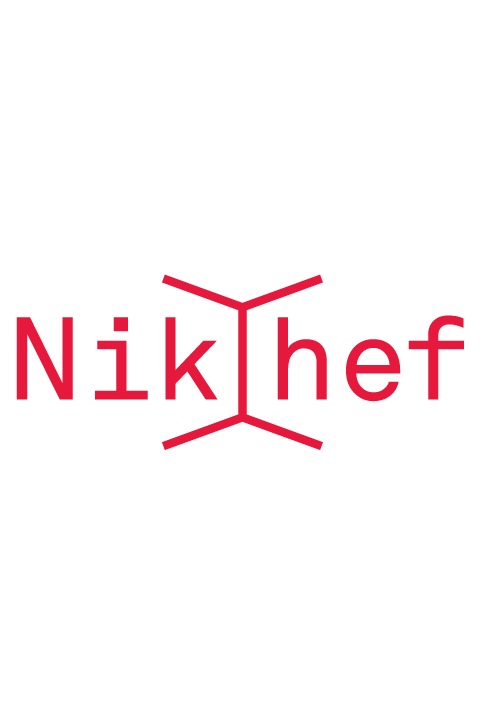Measurements of gravitational waves can decide a profound dispute about the expansion rate of the universe. Collisions of black holes with neutron stars provide enough information for this.
This is what researchers from Sweden, the UK and the University of Amsterdam and Nikhef in the Netherlands write this week in an article in Physical Review Letters. They ran computer simulations of 25 thousand such collisions to see how many of them could be detected by gravity wave detectors on earth.
The results are hopeful, according to the study, by researcher Samaya Nissake of UvA and Nikhef, among others. Some 3,000 of the collisions could be detected in the coming decade, with light from 100 also being captured by telescopes.
Two methods
The measurements could provide the answer to a persistent problem in physics, the expansion speed of the universe since the Big Bang. So far there are two methods to determine this speed, one through the brightness and speed of pulsating and exploding stars, the other through fluctuations in the radiation of the early universe.
Those methods give very different results: 74 kilometers per second per megaparsec for the star method and 67 km/s/Mpc for the big bang radiation. The difference could possibly indicate a still unknown force of nature, which does not appear in the existing physical theory.
‘A third measurement method, which looks at explosions of light and ripples in spacetime due to collisions of black holes and neutron stars, could resolve the dispute and indicate whether or not our theory of the universe needs to be rewritten,’ the researchers said in a press release.
Observatories
Gravitational waves are ripples of space and time that occur when very compact objects like neutron stars or black holes collide. Such waves have been observed since 2015 with major observatories such as LIGO in the US and Virgo in Italy. In 2017, colliding neutron stars were also observed. In Japan, KAGRA is in the start-up phase and in India, LIGO-India is being built.
So far, the observatories observed collisions of two black holes or of two neutron stars. The former does not release light, while the latter does. Collisions of a black hole with a neutron star are interesting in theory because they give both a strong wave signal and the chance of light.
Redshift
That chance is not great, in most cases the black hole swallows the neutron star. Sometimes the neutron star is pulled apart before that time, which does produce light from the process. From the redshift of that light, the speed of the star can be determined, from the gravity waves the distance. From that, the expansion of the universe can be calculated.
In the new simulation study, the researchers show that the observatories could collect enough signals from such collisions over the next ten years.
